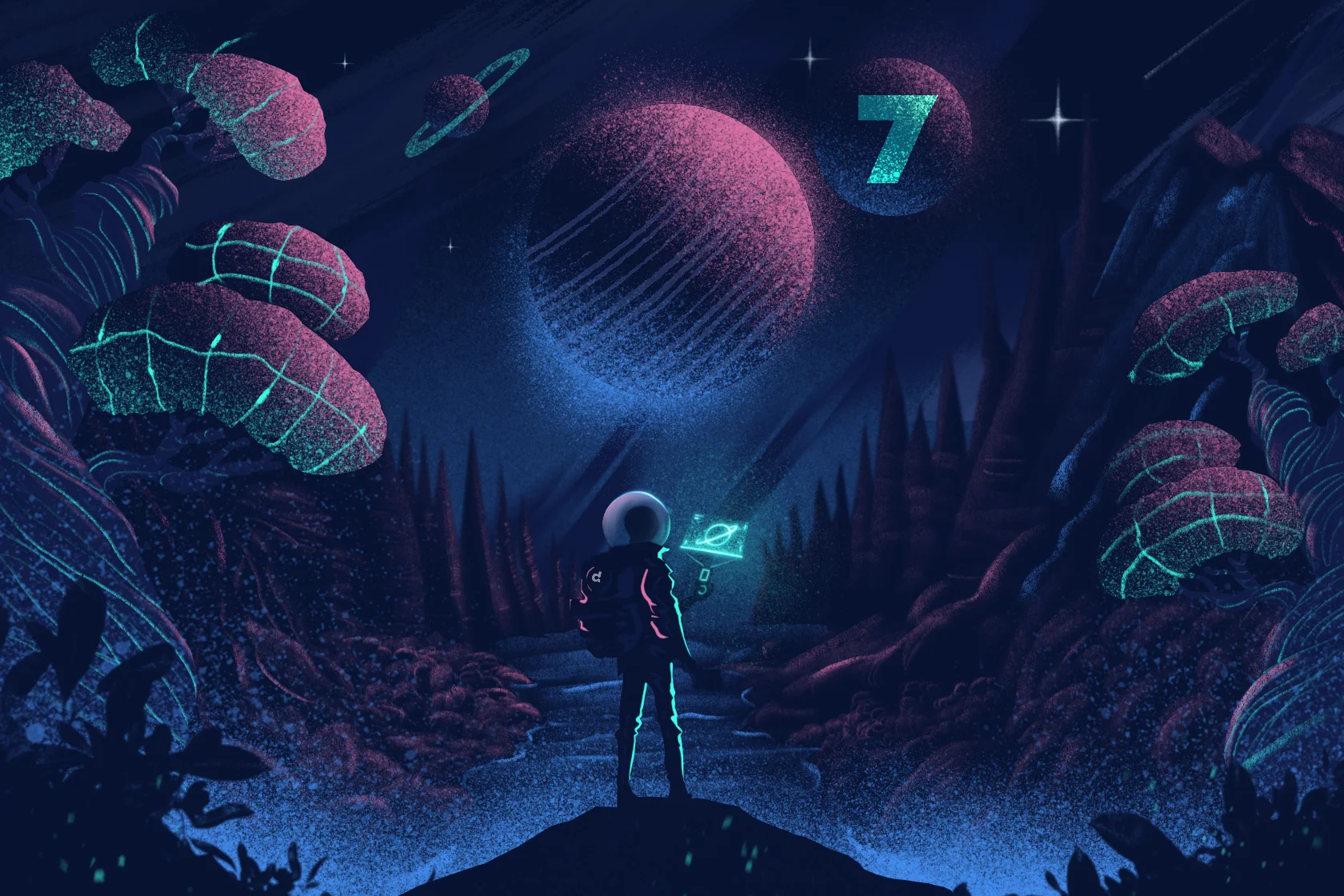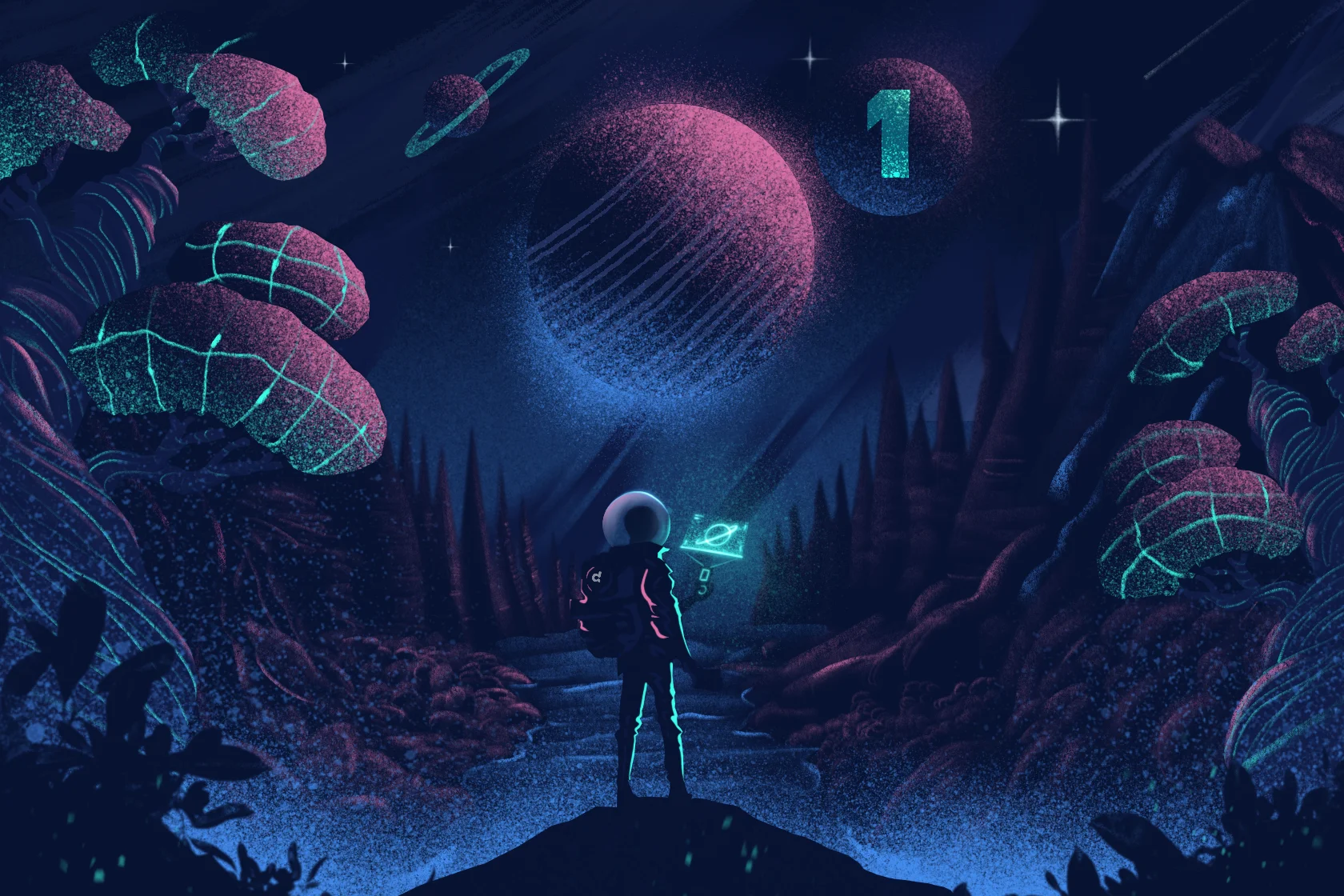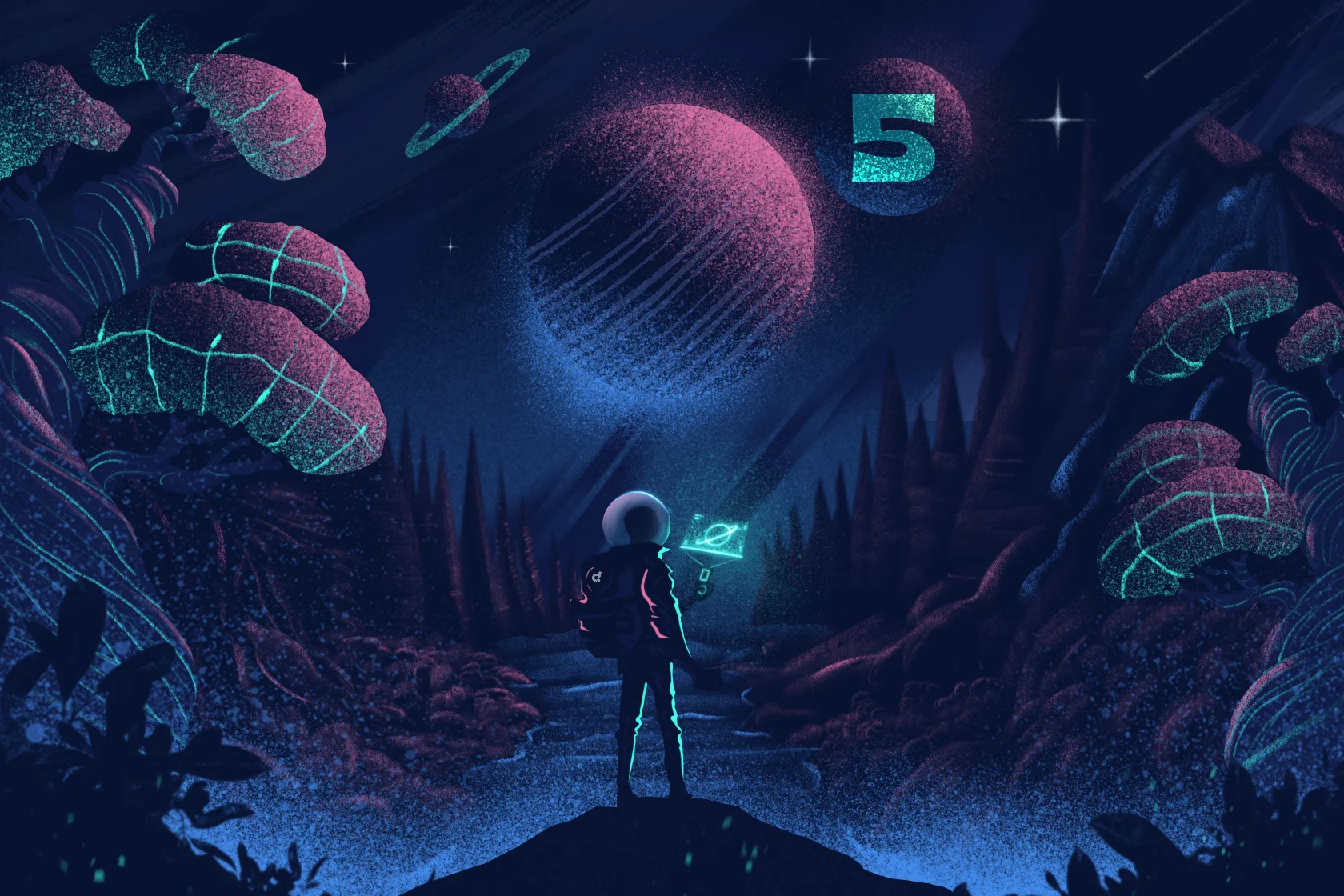
Copyright and Open Source Licenses Part 1: What is copyright?

Intellectual property, often just called IP, is a property that has been created by the human intellect. By regulating the ownership of such property, creativity, and innovation are encouraged, which in turn creates technological progress. In this blog series, we will discuss Software licensing, with a particular focus on Open Source Software licenses. We start from the very beginning by looking at copyright and licensing.
Just a quick note before we dive in. I’m an engineer doing my best to break down the world of open-source licenses into something a bit more digestible. But remember, I’m not a lawyer, and this isn’t legal advice. Open-source licensing can get pretty intricate, and how licenses and copyright play out in real-life scenarios can vary. So, if you’re ever in a spot where you need solid legal guidance, reaching out to a legal pro is your best bet. Consider this content as a guide to get you started, a way to make sense of the basics, and not the final word on legal matters.
Different types of intellectual property
There are several different types of intellectual property, each with its own laws and properties. The main ones are copyrights, patents, trademarks, and trade secrets.
Copyright
Copyright protects a created work, i.e., an expression of an intellectual idea but not the idea in itself. Music, novels, software code, and paintings are examples of works that are protected by copyright. Copyright is the legal right to use, copy, and redistribute a work.
Patent
Different from copyright, the patent protects the actual idea, or invention, regardless of how it is expressed. Still, it is a requirement that the invention can be realized in a defined way. The idea can describe how to solve a particular technical problem, or how to combine chemicals for making pharmaceutical drugs. The patent gives the holder the exclusive right to make, use, or sell the invention.
Trademark
A trademark is a word, a phrase or a design that is used to identify a product or a service. The trademark is closely associated with a particular brand or a company.
Trade secret
A trade secret is something that gives a business a specific advantage over competitors. For something to be a trade secret it cannot be known to people who otherwise deal with such information, it must have commercial value, and reasonable steps must have been taken to keep it secret. To promote fair competition between companies, trade secrets are also protected by laws, such as contractual laws and legislation concerning unfair competition.
Copyright and the Berne Convention
Let us narrow down our discussion and focus on copyright in particular. Copyright is regulated in law. The exact law will differ between countries, but many baselines are provided in the Berne Convention.
Speaking of the Berne Convention, its official name is Berne Convention for the Protection of Literary and Artistic Works. The convention originates in Berne, Switzerland, in 1886 and is an international agreement between most countries in the world, currently 179 of them.
It establishes that copyright is the legal right to use, copy, and redistribute a work. This right is automatic upon the creation of the work, whether the creator wants it or not. There is no registration required in countries where the Berne Convention applies. It was enacted by the United States in 1989. Before that, the copyright symbol © had to be used, followed by the year and the name of the copyright holder. This is something you often encounter in older texts. Newer ones don’t need it, but some still have it to remind the public that the material is copyrighted.
The convention mandates a minimum term of protection of the life of the author plus 50 years. Many countries extend this to 70 years, and some even longer, but it can also depend on when the work was created. All depending on national laws. As an example, in the U.S., the copyright is 95 years for works created before 1978, and the author’s life plus 70 years for works created after 1978.
Copyright applies to so-called original work. It does not necessarily have to be unique, but it can not be a copy of another work. It must also be in tangible form, i.e., it must be possible to be perceived by others. Thus, it has to be in physical print or on a digital record, such that it can be reproduced, for it to be protected by copyright.
Economic and moral rights
The rights afforded to the copyright holder are divided into economic rights and moral rights. The economic rights include receiving financial rewards for their work. This includes reproduction and distribution of copies, public performance, and adapting it to other forms, e.g., turning a book into a movie script. The economic rights have an important property. This is that they can be transferred to someone else, an individual, or an organization, by selling them or just giving them away.
Moral rights, on the other hand, include the right to be associated with the work as the author. It also includes the right to object to any use or modification that hurts the reputation or honor of the creator. The moral rights can not be transferred to someone else. However, in some countries where common law is predominant (e.g., UK, US, Canada), they can be waived. In many other countries based on civil law (e.g., continental Europe) the moral rights cannot be waived.
Fair use
The rights given to the copyright holder are limited by fair use. Fair use is part of copyright laws and serves to create a balance between the rights of copyright holders and the public’s interest. It softens copyright in favor of creativity and innovation, allowing limited use of copyrighted material without permission from or payment to the copyright holder. Its applicability is very context-specific and varies between countries. For example, non-commercial and educational purposes are more likely to be covered by fair use. Few copies of small and insignificant portions are also more likely to be covered. If the purpose is parody, criticism, or news reporting it is also more likely to fall under fair use.
Licensing
In general, a license gives the licensee the permission to do something. The driver’s license will give you permission to drive a car. The license also comes with a set of obligations and restrictions, e.g., you need to follow the rules of traffic. Otherwise, the license can be revoked.
The owner of the copyright has the possibility to decide to which extent other people may use or copy the work. Since the owner has the full right to the work, he or she can also come up with any imaginable permissions and restrictions related to the copying of the work. These permissions and restrictions are detailed in a license. Thus, the licensor provides a license to the licensee. If there is no license, no one other than the copyright holder can do anything not covered by fair use.
Software licenses
Copyright and licensing also apply to software. The creator of the software decides on who can use it, to which extent, and with which restrictions. Licenses can be used to control both copyrights and patents (and also trademarks). A software license is a grant to use the software. Without a license you cannot do anything with it, basically. If you put your code on GitHub, without a license no one is allowed to copy it. Yes, GitHub can copy it and show it to the world since you agree to that by uploading it to GitHub, but no one else can do anything with the code. The only way to use someone else’s software is to do it through a license.
Software can be both subject to copyright and subject to a patent. The actual code is then what is copyrighted, but the underlying idea, i.e., what the software does, can be subject to a patent. So while you could write your own software that provides the same or similar functionality in a different programming language without violating the copyright, that still might make you infringe on a patent. Note though that direct translations to other languages are typically seen as covered by the copyright.
Software licenses can take many different forms. A proprietary license is very restrictive and applies to most commercial products. You may use the software under certain restrictions, but you are typically not allowed to modify it or share it with others. With a proprietary license, you typically pay for a license. Software that is free of charge but where the source code is not available for inspection and modification is often referred to as freeware. However, freeware in this sense should not be confused with free software as promoted by the Free Software Foundation (FSF).
Open source software
The term free software is promoted by the Free Software Foundation (FSF). The term open source software (OSS) was introduced as an alternative to free software. The Open Source Initiative (OSI) promotes open source software. Though both have similar goals, the OSI focuses more on the practical aspects of OSS, its use, and its development. FSF is somewhat more ideological. Both have their own definition of free and open source software, and while there are some differences, the main characteristics can be summarized as the four freedoms, as defined by GNU and supported by FSF.
0 You can run the program for any purpose.
1 You can study and modify the program as you wish, requiring access to the source code.
2 You can redistribute copies of the program.
3 You can distribute copies of your modifications.
These are numbered 0-3 since the first freedom was added later but was considered so important that it was written first. The use of open source software continues to grow in popularity and plays a central role in emerging technologies, such as artificial intelligence, cloud computing, and the Internet of Things (IoT).
Despite the liberties provided by the four freedoms, businesses successfully leverage OSS and contribute back to the vibrant community of developers. As the businesses’ technology depends on OSS, maintenance and continued support is crucial for their products and services. There are also several business models that take advantage of OSS by providing support, hosting, and providing customized solutions. Further, the open nature of OSS provides open peer review and transparency which allows for better quality and security.
Open source software licenses
To use software written by others a license is required. The details of the license determine if the software should be considered open source or not. The license must adhere to the four freedoms, but apart from that it can contain other restrictions and conditions for using or redistributing the code. These other restrictions are what separate different open source software licenses. Some are very permissive, while others have quite far-reaching conditions.
Depending on what you want to achieve with the software when you contribute it to the open source community, some licenses are more suitable than others. In the same way, depending on how you plan to use someone else’s contributed OSS, you may want to favor some licenses more than others. In certain cases, it might be difficult to adhere to the restrictions in some of the licenses. Some will require considerations and adaptations, while others are very easy to comply with.
Concluding
In this first part, we looked at copyright and licensing in general and started to narrow down the discussion to our main topic of open source software licenses. This provided us with the context that we are in and in the next part we will continue to focus on software licenses. We will categorize these licenses and in particular open source software licenses. We will also provide an overview of the typical conditions that are included in an open source software license.

